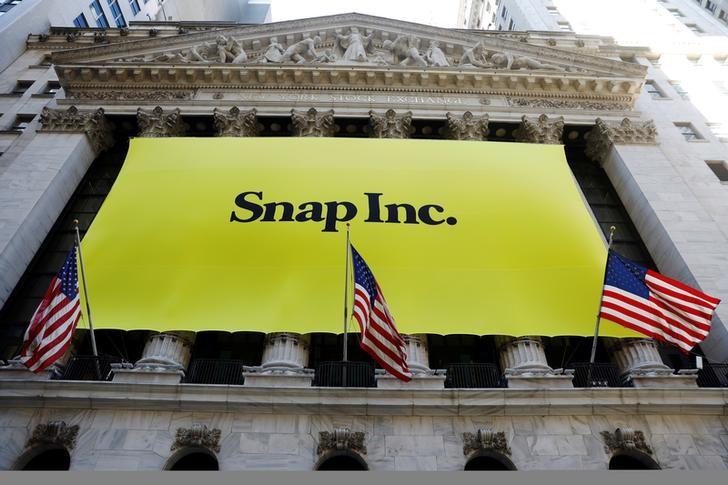
Snap’s (SNAP.N) slumped as much as 1.7 percent last week as analysts focused on the expiry of lock-up periods starting at the end of July, when insiders and employees will be allowed to sell shares for the first time since a $3.4 billion initial public offer in March.
“Everyone knows about these lock-up expirations, but nobody really discusses it until it’s really close,” said King Lip, chief investment officer at Baker Avenue Asset Management in San Francisco.
Lip sees the looming availability of additional Snap shares as a potential trading opportunity, but he recommends steering clear of Snap as a long-term investment.
Snap has been under pressure since its IPO in March. Last week its stock sank below its $17 initial sale price as investors worried about its slowing growth and competition from Facebook.
MoffettNathanson on Thursday cut its price target to $9 from $11. In a report, analyst Michael Nathanson warned that the lock-up expiry will pressure Snap’s shares, and he also said some advertisers see Snapchat as too pricey.
“While advertisers continue to slowly ramp their spend, there remains a lot of pushback that Snap still costs too much and returns too little relative to Facebook,” Nathanson wrote.
On July 31, early investors will be able to sell up to 400 million shares, with employees allowed to sell another 782 million on Aug. 14, four days after Snap reports its quarterly results, JPMorgan analyst Doug Anmuth wrote in a note on Thursday.
Snap Chief Executive Evan Spiegel and co-founder Robert Murphy each own 211 million shares.
All told, 97 percent of Snap will be potentially available on the stock market by the end of August, up from just 13 percent now, according to Anmuth.
Snapchat is popular with users under 30, but many on Wall Street are critical of Snap’s lofty valuation and slowing growth. The company has warned it may never be profitable.
Last week, two of Snap’s IPO underwriters – Morgan Stanley and Cowen and Co – reduced their price targets, pushing the median target down to $19 from $24 in mid-April, according to Thomson Reuters data. That does not include MoffettNathanson’s reduction, Reuters reports.













